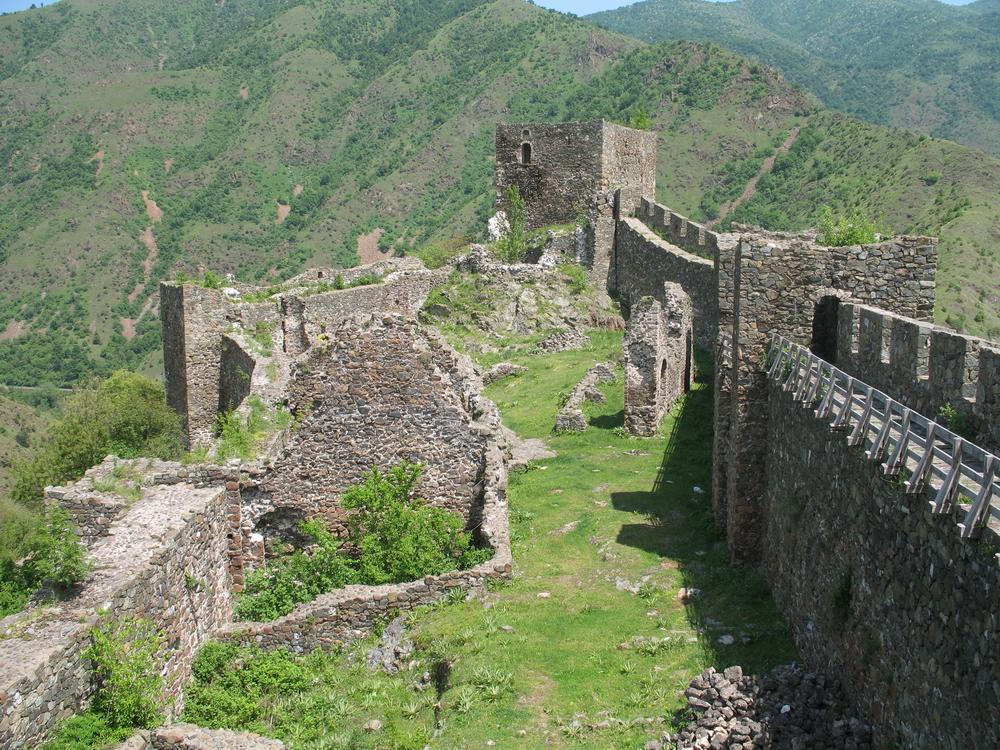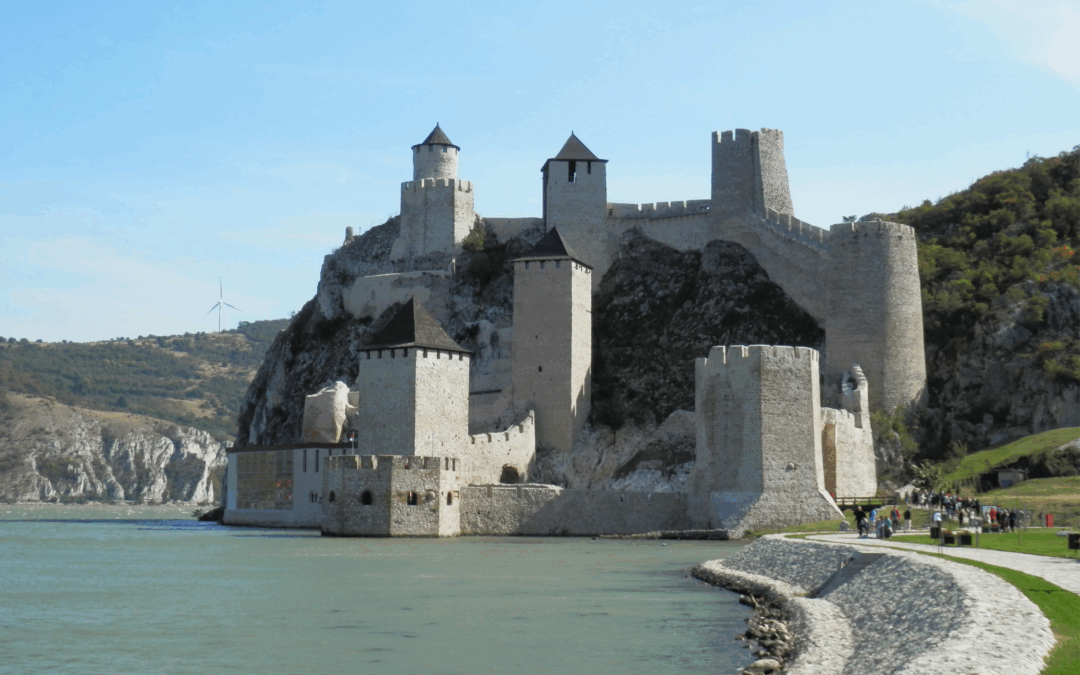OUR BLOG
The purple majesty and splendor of Serbia’s ancient cities
Serbia is home to a wealth of ancient fortresses and archaeological sites that increasingly attract tourists, history enthusiasts, and archaeology lovers. Traces of past civilizations are present at nearly every step, and the country’s historic fortresses stand as powerful witnesses to the rich cultural and historical heritage of this region.

Photo: Golubac Fortress
The numerous fortifications and archaeological remains across the country bear testimony to Serbia’s millennia-old history. The territory of present-day Serbia was once home to as many as eighteen Roman emperors, one of whom—Emperor Jovian—was born in the modern capital, Belgrade.
Beneath the surface of contemporary cities lie layers of ancient settlements, while the abundance of fortresses and archaeological landmarks throughout the country reflect not only a turbulent past but also the richness and fertility of the land that is modern Serbia.
A pedestrian walking through the quiet streets of Sremska Mitrovica, for instance, enters not only the very center of the contemporary city by stepping onto the Old Šor, but also the heart of ancient Sirmium—one of the four Roman capitals during the Tetrarchy. This city in the region of Srem is a unique urban and archaeological example in Serbia, with an uninterrupted continuity of settlement spanning over 7,000 years.
The Danube region, as well as eastern and southern Serbia, played a vital role during the Roman era. Within the triangular area bordered by the Danube, Mlava, and Great Morava rivers once stood the ancient city of Viminacium, whose remains still vividly reflect the grandeur and wealth of Roman times.

Photo: Belgrade Fortress
The number of settlements along the Limes frontier speaks volumes about the power of the Roman Empire as well as the development of the lands that now make up Serbia. It is fascinating that this region produced eighteen Roman emperors, including Emperor Jovian, born in today’s Belgrade. Among them was also Constantine the Great, born in Niš, who would go on to change the very course of European civilization. He was followed by Emperor Justinian, born in what is now known as Caričin Grad (Justiniana Prima)—a military commander, builder, and codifier of Roman law. People from this region breathed new life into the Roman Empire. Serbia’s ancient treasures are further enriched by the remarkable site of Justiniana Prima, arguably the most important early Byzantine city in this area.
Although these historical figures are not directly connected to modern Serbia or its present-day citizens, their legacy reveals the enduring genius loci of this land—a guardian of collective memory.
The Middle Ages marked a significant era of architectural growth in Serbia, especially during the rule of the Nemanjić dynasty and its successors, such as the Lazarević, Branković, and other noble families. Despot Stefan Lazarević chose Belgrade as his capital, while Đurađ Branković established his seat in Smederevo. Among the most captivating historic fortresses in Serbia are Maglič near Kraljevo, Novo Brdo near Priština, Ram on the Danube, and the slightly younger Petrovaradin in Novi Sad. One of the most beautiful fortresses in Europe—Golubac—has been fully restored and is now open to visitors.

Photo: Smederevo Fortress

Photo: Medieval castle Maglič
For more in-depth information on Serbia’s ancient fortresses such as Viminacium, Golubac, Sirmium, and Maglič, as well as many topics related to diplomacy, culture, and Serbia’s rich historical heritage, we invite you to explore Dipos magazine.








 2018
2018